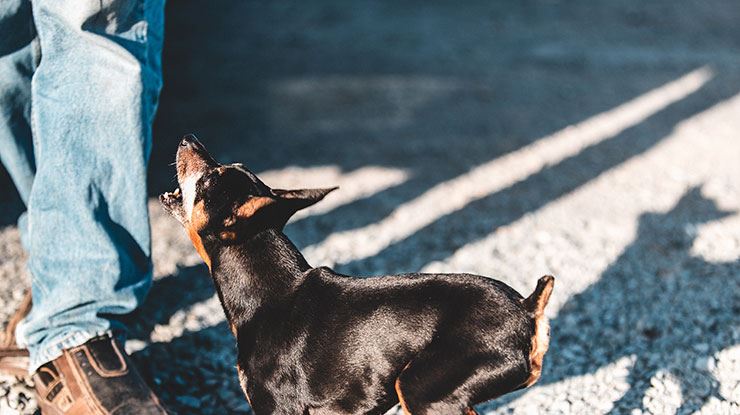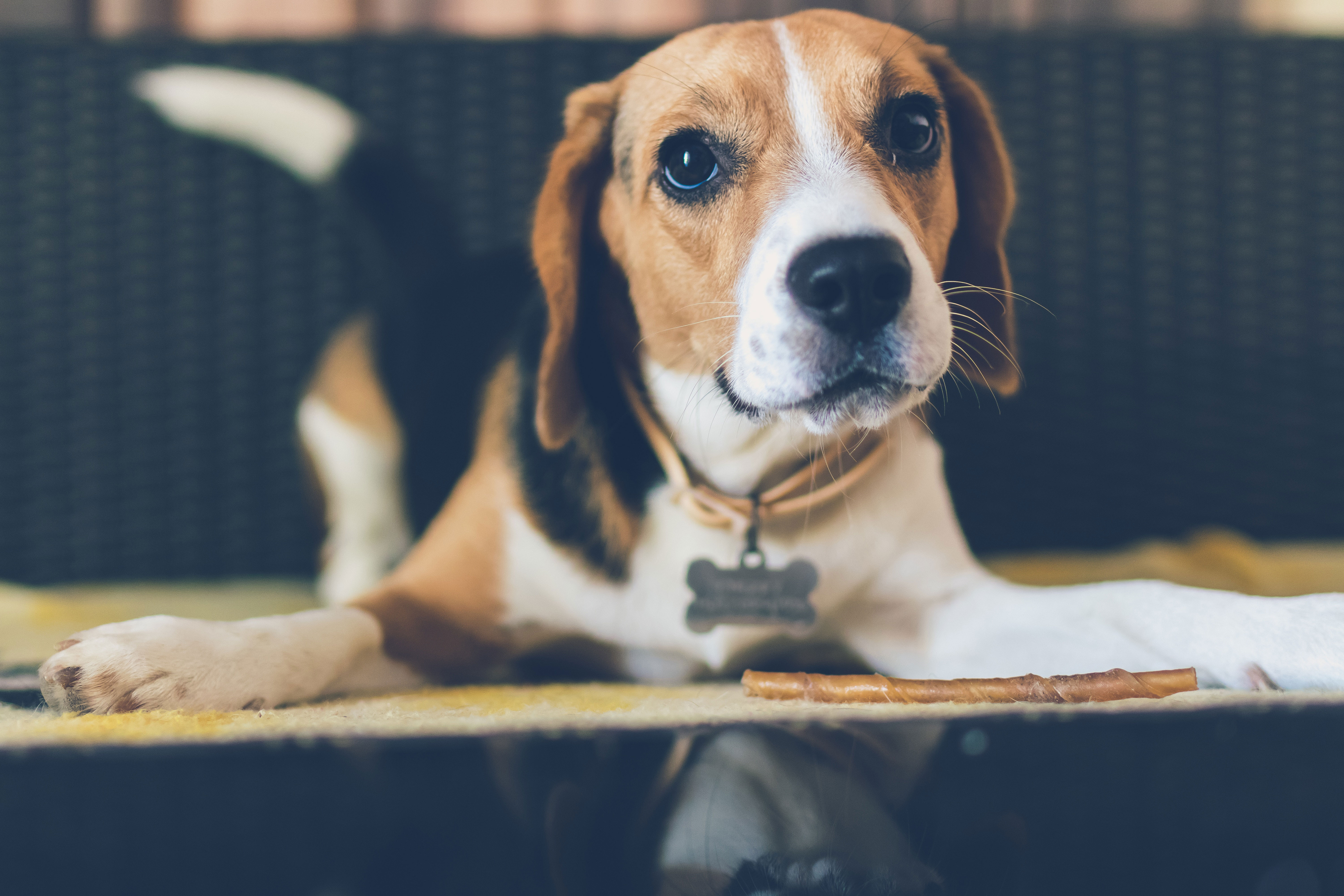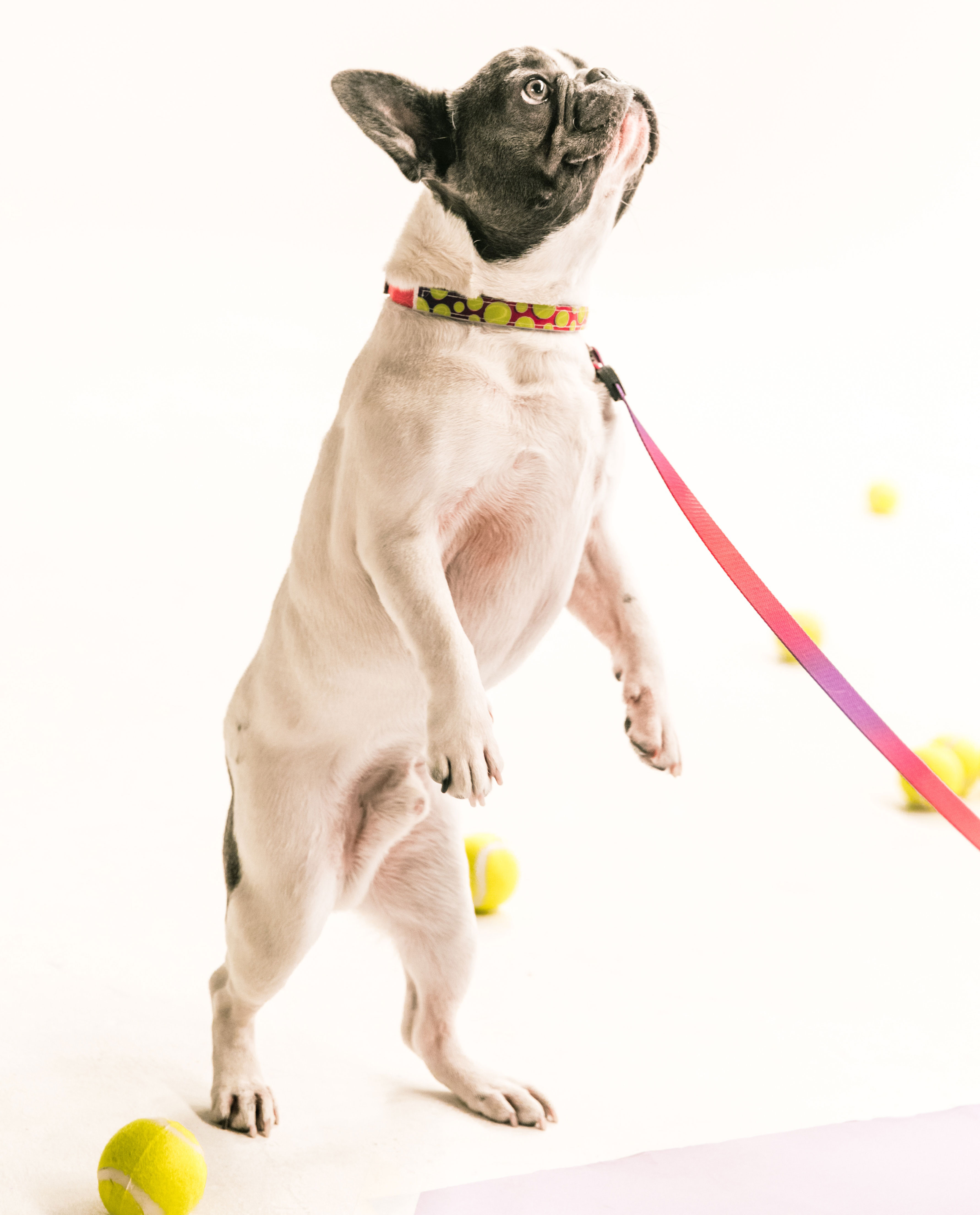
How to Train a Dog Not to Jump on You or Others in Three Simple Steps
If you have ever seen dogs interact with one another, you’ll notice that they often greet one another or show deference by moving toward the face, licking, and expressing happiness or excitement.
While other dogs may see jumping as part of a typical social interaction, we humans can’t stand this behavior. Jumping up isn’t just irritating: it can lead to increased fear in people who aren’t comfortable with dogs, and it can also lead to injury.
Teach your dog not to jump on you or others, and you’ll be doing everyone a favor while making the world a kinder place for your pet.
1. Don’t Inadvertently Reinforce Jumping
Remember, dogs jump up for a number of reasons—but mainly because they want attention and affection. This might not seem like a big deal when you are training your dog when she is a cute, tiny puppy. However, once she grows up, the jumping behavior can sometimes become irritating and dangerous, which is why it's always a better practice to not inadvertently reinforce jumping.
Start by adopting a “four on the floor” rule. Never, ever shower your dog with attention and affection when she jumps up to greet you. Instead, wait to acknowledge or touch your dog until all four feet are on the ground.
As soon as your dog’s front feet hit the floor, greet her with calm petting and praise or perhaps even a treat. Go back to ignoring your dog as soon as she starts to jump again. Repeat the attention once the front feet are on the floor. Keep repeating this every time jumping occurs and your dog will soon figure out that she receives praise and attention for keeping all four feet on the floor, but not for jumping.
Remember that any feedback you give your dog while she’s jumping will be seen as attention. Even if you’re shouting “No!” or “Get down!” your dog will see this as excited “barking” from you and will keep on jumping.
Pushing the dog away is seen as attention, too. If you have to slowly turn your back on the dog to keep her from coming into contact with your hands, do that. Try to keep an eye on your dog so that you can reward her with petting and praise as soon as her front feet are on the floor.
2. Be Consistent When Teaching Your Dog Not to Jump
When you approach your dog or come in the door, feel free to greet her enthusiastically while all four feet are on the floor. Later, you can teach your pooch to sit when you approach, but for now, reward them for the simple act of not jumping. If you see that your four-legged friend is beginning to jump, stand up straight and don’t make eye contact. Ignore your dog until all four feet are on the floor.
Be sure that everyone in your family understands this rule and follows it. Dogs need consistency for proper learning: Without it, they simply can’t understand what’s happening and they’ll keep on doing the undesirable behavior. If you have children who are too young to understand what’s going on, then it’s best to keep those children behind you when you’re coming into the area where the dog is. Don’t allow her to touch or interact with the dog until she is calm, with all four feet on the floor.
If your dog gets excited and starts jumping when it’s time for a child to say hello, get between the dog and the child, calmly ignoring the dog to let her know that the jumping is unacceptable.
Wait until your pooch has all four feet on the floor and then allow the child and dog to interact. Keep repeating this, staying calm and consistent with your behavior. If the child is getting upset, take him out of the room. Don’t respond angrily to your dog since this will add to the confusion. Just keep on calmly reinforcing the behavior you want.
If others cannot or will not stick with the plan, don’t let them interact with the dog until she knows how to greet you with four feet on the floor, or perhaps even until you’ve taught proper sitting behavior. This might be inconvenient, but it will prevent confusion that could derail your progress. In the long term, this may be the best strategy for teaching your dog not to jump up on others.
3. Add Sitting to the Equation
Once your dog understands what you want and is consistently greeting you and others with four on the floor, you can teach her what to do next. Start by teaching your dog to sit if you haven’t already done so. Once she knows how to sit and can sit on command, it’s time to teach your dog how to greet people by sitting. Just like other factors that come into play when training your dog not to jump on people, this takes practice, consistency, patience, and rewards.
Dogs are smart. The love to please us, and they’ll do whatever it takes to make us happy. Once your dog knows what you want, she’ll move heaven and earth to make it happen! By following these simple tips, you’ll find that it is fairly easy to teach your dog not to jump on people. Soon enough, your pet will have a great reputation for good manners—and everyone will be eager to say hello.










